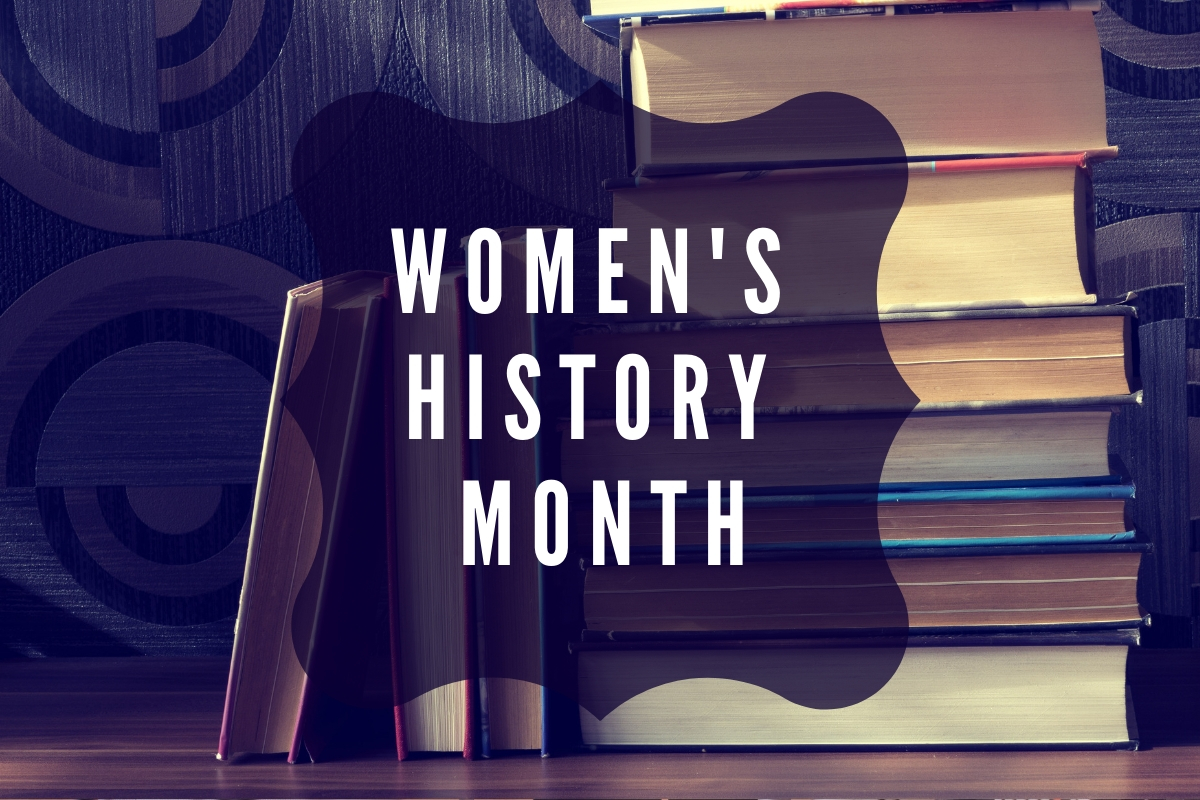March is Women's History Month. Each year, this one month is set aside for people to reflect on the historical accomplishments of women. When March comes along, most of women's history is often focused on the “firsts”. First female aviator. First female medical school graduate. These things are important but gives the impression that women have made no contributions to humanity as a whole.
Which isn't true at all.
Gertrude Bell Elion
Gertrude Belle Elion was born January 23,1918. She developed many new drugs, using new and innovative research methods. Her methods would later lead to the development of the AIDS drug AZT. She developed 6-mercaptopurine, the first treatment for leukemia, as well as drugs for gout, malaria and meningitis.
In 1988, Gertrude Elion shared a Nobel Prize in Physiology or Medicine with George H. Hitchins and Sir James Black. She also received the National Medal of Science (1991) and the Lemelson-MIT Lifetime Achievement Award (1997).
Grace Hopper
Born in New York City in 1906, Rear Admiral Grace Hopper was a pioneer in Computer Science. She was one of the early programmers of the Harvard Mark I calculator, the first large-scale automatic digital computer in the United States. She also invented the first compilers for computers. A compiler is a computer program that translates computer languages. She was also the first woman to reach the rank of admiral. She has a navy vessel named for her, the USS Hopper, nicknamed Amazing Grace. She died on January 1, 1992.
Stephanie Kwolek
Born in Pennsylvania in 1923, Stephanie Kwolek is a chemist who invented poly-paraphenylene terephthalamide- also known as Kevlar. Kevlar is what makes bulletproof vests bulletproof. She actually holds 28 patents in total and was inducted into the National Inventors Hall of Fame in 1995, receiving the National Medal of Technology in 1996.
Elizabeth Lee Hazen and Rachel Fuller Brown
Working as a team, Elizabeth Lee Hazen and Rachel fuller Brown developed the drug Nystatin. The drug was the first useful anti-fungal antibiotic. It has been used for treatment of Dutch Elm's disease, restoration of water-damaged artwork and human ailments. The drug was patented in 1957 and the two inventors donated all of their royalties ($13 million dollars) to research. They were inducted into the National Inventors Hall of Fame in 1994.
Ida Henrietta Hyde
Ida Henrietta Hyde was born September 8, 1857. She invented the microelectrode, which is used to measure the electrical activity in living cells. This device revolutionized neurophysiology. She died in 1945 at the age of 91.
The 21st Century is about innovation and modernity. The concepts and inventions that have brought us this far would never have existed were it not for the hard work and dedication of great people. It is important to remember that those people came in all shades, of many nationalities and both genders.



